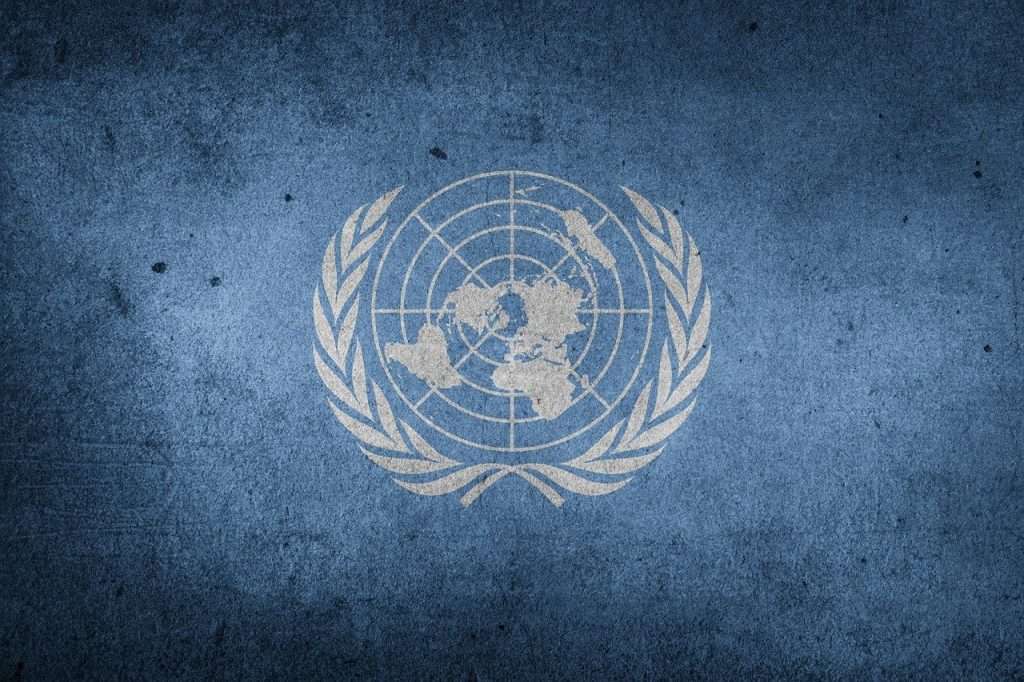Sustainable Financing for Peace: Presentation at the United Nations High-Level Meeting on Peace building and Sustaining Peace
Articles & Insights
April 24, 2018

“Development that bears sustainable peace dividends is premised on the assumption that all contexts have institutionalized environments; which is not the case.“
— Muliru Yoni
Director Scofield Associates
I would like to take this opportunity to thank the UN and the President of the General Assembly, for the invitation to this forum. My presentation borrows a lot from the Business 4 Peace (B4P) model1 with the argument that better engagement processes provide for a paradigm shift requiring the “whole society” inclusiveness for the success of sustainable peace building.2 In-fact private and corporate teams agree that; just and inclusive societies provide a stable foundation for businesses to succeed.3 However, development that bears sustainable peace dividends is premised on the assumption that all contexts have institutionalized environments; which is not the case. I am cognizant of the fact that while under-development provides fertile ground for recurrence of conflict,4 the participation of business through the political economy of conflict, can create or exacerbate it in fragile environments.5
Bearing in mind the arguments and developmental prisms of engagement; does “corporate peace therefore mean social peace?6 What about scenarios where the major assumption of peaceful coexistence based on established structures of governance and mechanisms of democratization, promotion of rule of law and free markets; in fragile states, is quashed by the profit-oriented role as critical mandate7 for businesses? How then does the UN anchor or provide an avenue of monitoring and ensuring commitment to the Business for Peace tenets?
To respond to the questions above, I provide four recommendations to ensure that the goal of development and that of peace building, is mutually supportive for sustainable peace;
Creation of unitary global Development Social Responsibility and Corporate Social Responsibility Frameworks for Peace building (DSR & CSR- FP) that align the target nation state’s needs for the different businesses to operate and development to occur. This will ensure accountability of different development activities and their contribution to the peace processes.8
State GDP contributions of upwards of 60-80% 9 by local development and business actors indicates their important role in conflict systems. These neglected roles feature the non-extractive industry as compared to the extractive industries in the fragile and conflict regions.10 Facilitation of grass-root business engagement processes will provide accountability and commitment through role definition, inclusivity and expertise on early warning signs, to prevent conflict. This process will not only be sustainable, cheaper but also build resilience by focusing on what works in the different contexts.11
Washington’s consensus12 has not responded to different contexts of conflict, the priorities of microfinance of trade over aid13 and benefits to the local communities. Clarity is grounded on the fact that development work and peacebuilding activities are majorly political and therefore; research on various business dynamics, and creation of feedback loops14 can assist the Peace Building Commission and the various actors to respond, based on the context-specific needs in fragile environments.
Finally, sustainable and predictable funding is guaranteed by proper coordination and a tiered approach that is cognizant of the different actors and their roles.15 The SDG 16 underpins the responsibilities of peace, justice, and strong institutions; resulting from corruption, violent conflict and the weak rule of law, to be within the purview of sustainable development.16 Sustainable and mutually beneficial peace code17 should therefore focus on development of a peace building needs assessment and definitions of code of ethics that provides the UN with a coordination mechanism and a leading role on the process.
The full presentation can be found by clicking on the link
1 (UNGC, 2013)
2 (WOSCAP Project, 2017)
3 (Chakravorti, 2016)
4 (Miklian & Schouten, 2014)
5 (Ballentine, Nitzschke, & Editors, 2005)
6 (Milklian & Schouten, 2014)
7 ibid
8 (De Colle, Adrian, & Sarasvathy, 2014)
9 (La-Porta & Shleifer, 2008)
10 (Zalik, 2004); (Rees, Kemp, & Davis, 2012); (European Union and UN, 2012)
11 (COMECE, Pax Christi International and Justice & Peace Europe, 2017); (Interpeace, 2016);
12 (Berdal & Mousavizadeh, 2010)
13 (Miklian & Schouten, 2014)
14 (Peace Women, 2017); (Luengo-Cabrera & Butler, 2017)
15 (United Nation Security Council Resolution 1225, 2005)
16 (Conroy, 2017)
17 (MacNulty, 2014
